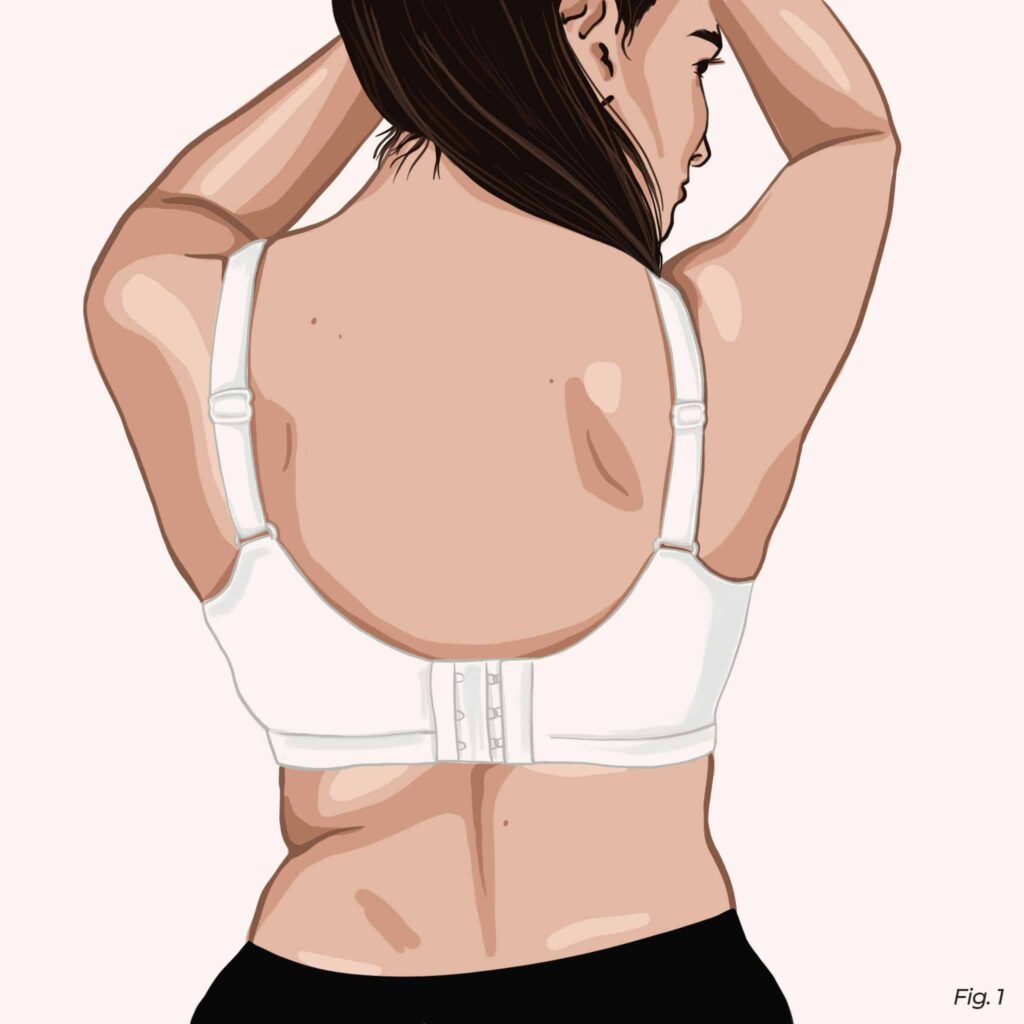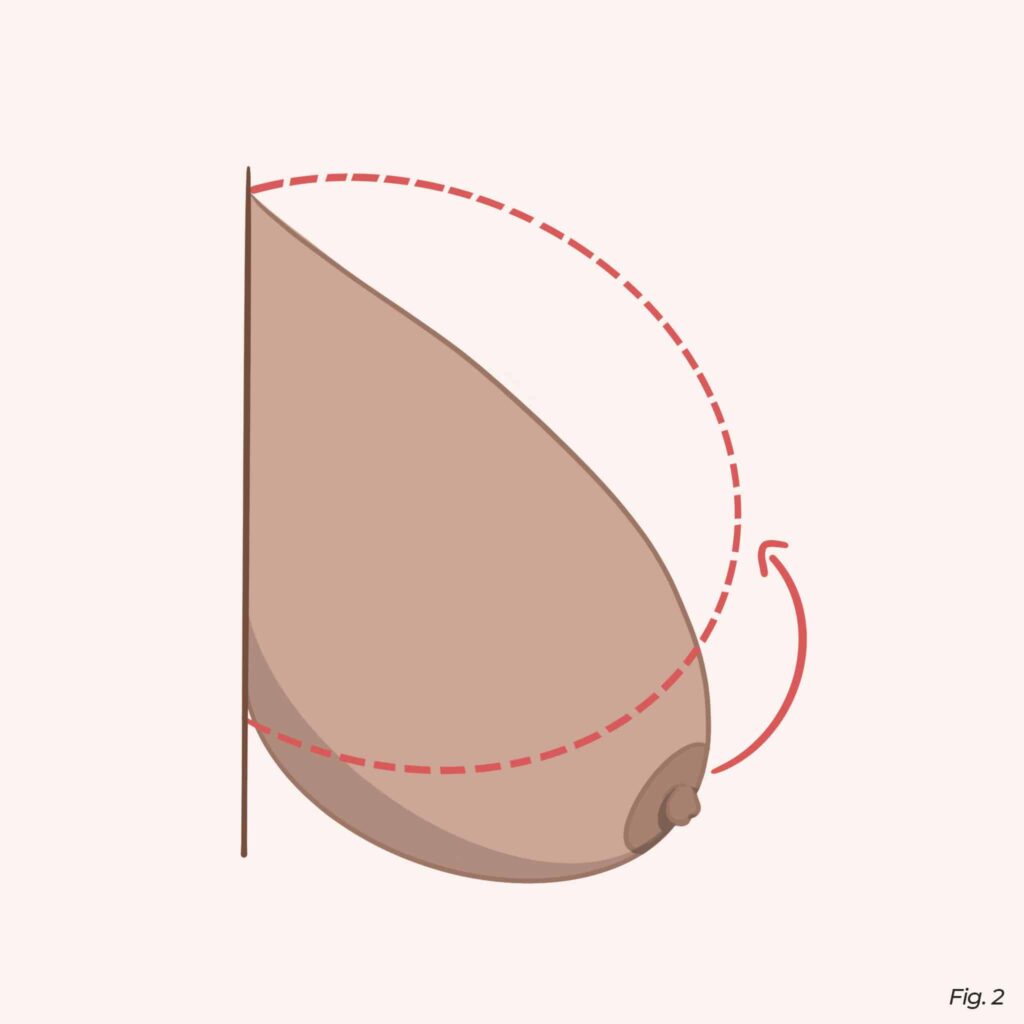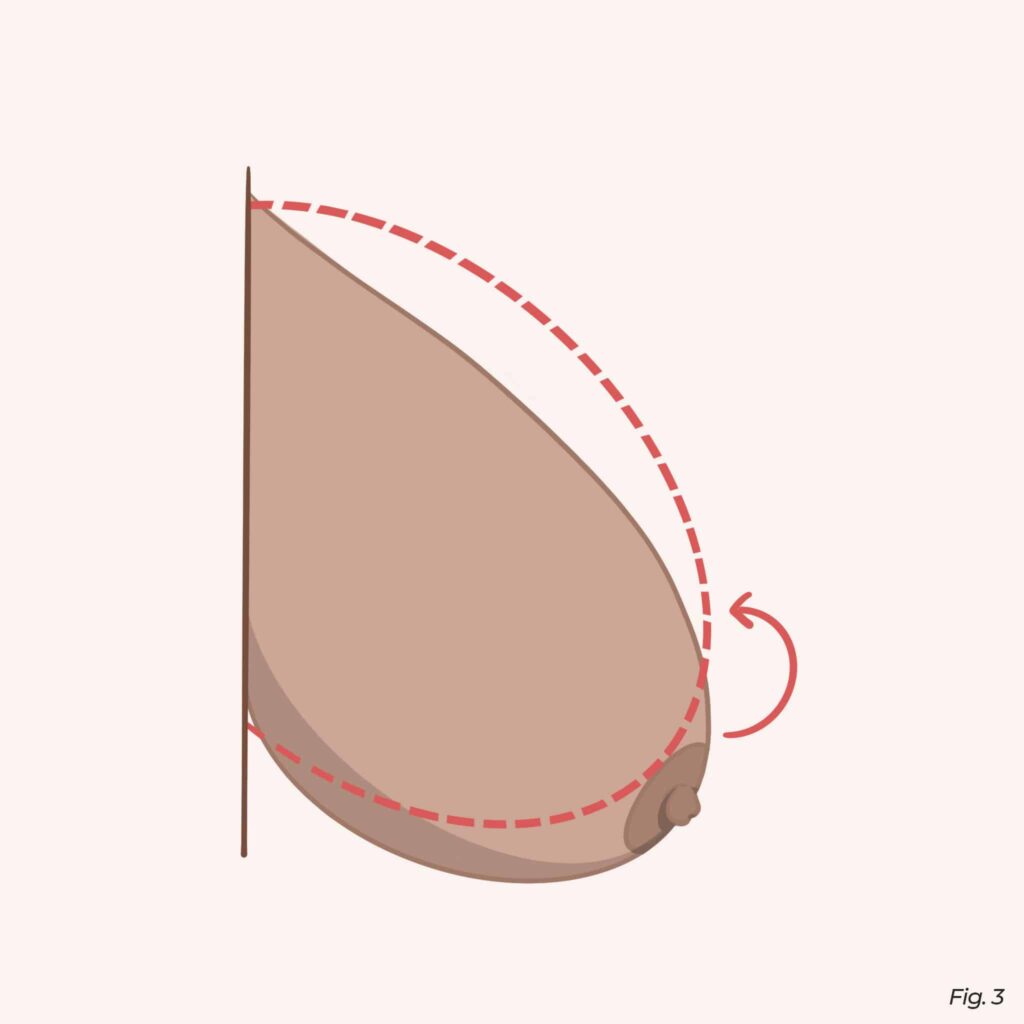Home » Band Size Explained
Band Size Explained
There are two components of a bra size: the number, and the letter. Band size is the numerical part. It corresponds to the tightness of the bra band.
A brief explanation of the role of the bra band




If you don’t need or want much lift, the bra band can be looser. For people whose breasts are self-supporting, or with smaller breasts that don’t need lift, a firm band can be unnecessary – a relaxed band will feel less binding. See Fig. 3

If you don’t need or want much lift, the bra band can be looser. For people whose breasts are self-supporting, or with smaller breasts that don’t need lift, a firm band can be unnecessary – a relaxed band will feel less binding. See Fig. 3
Fit Check



Choosing your band size
Your band size in bra will depend on your preference for a firm or relaxed fit.
If you prefer a firm, lifting fit that minimizes the stress on your shoulders and neck, your band size is the same as your band measurement. If you measure 40’’, choose a 40 band.*
If you prefer a relaxed, non-binding fit that minimizes the discomfort around your ribcage, take your band measurement, and add 2-ish to it to get your band size. If you measure 32’’, choose a 34 band.*
*How to measure band size? Wrap the measuring tape around your back, at the level where your bra band sits. Pull the tape as tightly as you want your bra to fit.
Comfort means different things to different people. If you are not sure which band size suits you, order a pair of sister sizes (e.g. 36DD and 38D), and see which one feels more comfortable. Your comfort is always your best guide.
